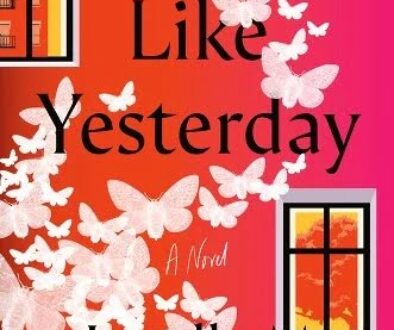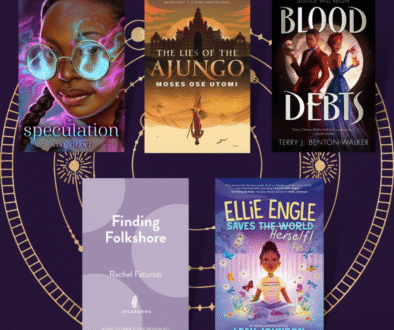The Plot Thickens: Daughters of Nri
This piece was originally posted on Medium.
Have you ever had the feeling that you just read a story told from the voice of someone you know, even when it is a brand new story crafted by a stranger? This is definitely the sensation that carried me through each chapter of the very engrossing Daughters of Nri.
Set in the fantasy African country of Nri, readers follow the storylines of twin sisters separated at birth (therefore fully unaware that the other exists) Naala and Sinai. Every other chapter keeps us abreast of where either sister is in her journey to self-growth and greater understanding of their strengths. While they both grow up in different settings — Naala in a remote village and Sinai within the royal city — we learn that the intrigue and adversity faced by each girl is more intertwined than it may appear on the surface.
For example, when we first meet 17 year old Naala, she wants nothing but to get away from what’s ahead of her. It’s her wedding day and while she’s dressed like a bride and her married friend is there to talk her out of her hesitation, something just doesn’t feel right. She climbs a tree and is faced with an ominous sight — a royal troop of soldiers making their way to her village. She runs to alert her village, filled with people that treat not only her observation as hysterical but also find her vocalness criminal because she’s a young woman who should know her place, after all. After escaping her village’s jail hut, she returns to the village to find her entire family – including her grandmother, uncle, and cousins — dead at the hands of soldiers who are still making their rounds. In her agony she gains the notice of a soldier with green eyes who comes towards her, when her powers manifest in an earthquake. On the other hand, our introduction to Sinai is dire almost immediately. As a loner and outsider at the royal school that she attends with other nobility because of her status as an efuola — Nsinri for illegitimate offspring — Sinai has wandered to one of her favorite locations within the palace, a high window. The precariousness of her situation becomes lethal when an enemy makes their presence known by causing her to fall from the window. Her saving grace is a passing soldier with green eyes and a sudden manifestation of her abilities.
As the book goes on, the girls learn more about themselves — the fact that they have abilities, how these abilities manifest, what actually motivates them, and the truth behind the violent world they live in and the ones who hold the most power. As readers we know that the twins were foretold by a seer who was one of the last lingering gods in this world to get rid of the king/emperor/demon who rules the country of Nri because of his status as God-slayer and magic thief, Eze Ochichiri. He holds similarities to the pharaoh in the Moses tale as after hearing the seer’s vision, he decrees that all newborn twins should be put to death and sends his soldiers off to brutalize and murder all citizens in the remote villages where they have not followed this decree. Thankfully, there is a small group of survivors and others who have maintained a resistance to Eze Ochichiri, which Naala joins. Her journey parallels her sister, Sinai, who finds her own motivations to end Eze Ochichiri’s reign later in the book.
I thoroughly enjoyed the book and admire the author’s ability to give us information about the kingdom, characters, and the world that she built without tying these details into the knowledge of the protagonists. The fluidity of the third person omniscient perspective within this book makes the book intriguing from chapter to chapter and within the span of a singular page. I find it refreshing to see the situation that either twin is in, then get a glimpse inside of the mind of the person they’re interacting with, gaining further insight into their own motivations. I also enjoy that the author seems to have a great working knowledge of mysticism from the African continent and uses it in such a way that I was unsure what was a fresh take on the magic/god power system and what was based on legend.
As this is the first book in the series, I was impressed that the author ends this portion of the tale on the defeat of the primary antagonist — particularly because very little of the book is about the girls interacting with or training to work against him. I love that this finalizes that the series is not about the battle against a singular foe, rather that it is a true offering of a hero’s journey and a story about two young women who need to prioritize learning about themselves. Though we get some insight into what may lie ahead for the twins — learning more about each other, their shared history, and their roles as demi-gods — there is much more knowledge that we are left without about this world. Personally, I can’t wait to read the next installment of this beautiful journey.



